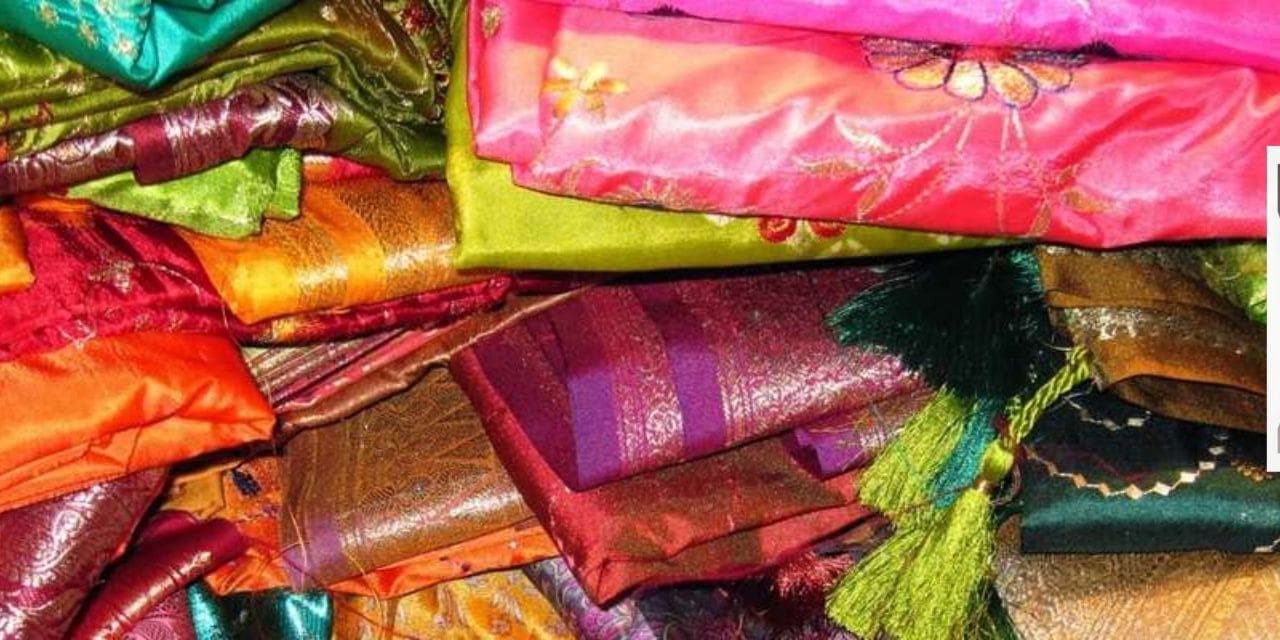Indian silk is a not so happy story, and corrections are thereon, says Munish Tyagi, a global textile leader & international textile consultant, Nuovatex Global Textile Outlook, under the heading Ground Diagnostics &Way Out On silk Industry’s `Degrowth `In India.
QN: What are the possible reasons for sharp decline (-53%) of RMG silk exports from a high of US$ 244 million in 2015-16 to a low US$114 million in 2021-22?
Ans:The key factors to be understood, are mainly:
A] decreasing use of silk in high value Furnishing & bedcover materials in importing countries.
B] Decline of India’s silk carpet exporting industry based in Kashmir and eastern UP,
C]increased use of cheaper and same feel and `light in feel ` materials like Viscose, micro-Polyesters
D] overall lower quality and much higher yardage cost of silks vis a vis above MMF fibre textiles.
QN:Did any competitor country/ countries eat up India’s share in the referred period? If yes, in which markets and what were the reasons that enabled those countries to eat India’s share in silk exports?
Ans:Yes, there been an emergence of competition from countries like China, the global market leader;
and also, from newly emerging silk producers like Thailand, Laos, Vietnam. Korea and Uzbekistan and,
Iran in case of silk carpet exports. Their Mulberry silks are of higher quality too.
QN: Were there any specific domestic reasons that led to India’s decline in RMG silk exports (e.g., compliance rejections, price uncompetitiveness, etc.)?
Ans:There have been mainly the following negative drivers to impact growth of domestic silk:
A] much reduced consumption of silk in the declining demand for traditional silkwear like Sarees,dupattas as and their replacement by more comfortable and cheaper MMF fabrics,
B] increasing preference by the younger population for ` easy to use and maintain` MMF fabrics likepolyesters and viscose filament esp. with ever increasing support of Digital Printing in the Suratpolyester sarees sector. Young Customers do not find silk to be glorified or comfortable.
QN: Is there any possibility of apparels and home textiles made from cheap silk fibre substitutes disrupting the market positioning of India?
Ans: Already there has been disruption to silk based markets by the cheaper fibre substitutes like the Viscose, polyesters and bamboo fabrics;and also, more comfortable to wear fabrics of cotton dominated blends like cotton khadi, cotton-viscose, cotton-polyester, cotton-linen and cotton-bamboo etc. whereby the % ratio of the any component can be varied in the blend yarn spinning;for example linen and viscose in blend with cottons; and definitely polyester fabrics. A new challenge from cotton hemp blends coming in too as also advent of new soft fibres like that from milk protein etc.
QN: Is better manufacturing technology in silk sector giving the competitors enabling them to edge past India?
Ans: India’s silk industry has been limited in its growth, productivity and quality of its output owing toboth the nature of Indian silks, the continued use of outdated/ high cost/low output technology esp, in the key activity areas like silk Reeling and its twisting and weaving for fabrics with low level of productivity, yield and quality control right from the cocoon stage to the eventual fabric stage.What India requires is large scale and higher quality silk reeling units which can produce quality of silk acceptable to newer shuttleless Rapier weaving looms. Also, its much late but much desirable that Knitting industry takes up production of high value knit fabrics with Italy as role model
QN: The growth rate of silk exports from India between 2015-16 to 2021-22 to countries like UK (-55%), France (-32%), Germany (-19%), Italy (-42%) and Canada (-40%) have shrunk significantly. What are the possible reasons for the same?
Ans:The principal reasons for this serious decline in exports to the UK/France Europe/other countries in the EUregion are mainly on account of:
A] better quality of silk products and competitive prices from countries like Uzbek, China, others and
B] increasing use of polyester and viscose MMF fabrics, which has been replacing silk, and also
C] tariff and non-tariff concessions available to competitors like Vietnam, Cambodia, Myanmar,
others
QN:Tassar silk production during the year 2021-22 was less by 46% as compared to previous year.
Ans: India produces local coarser variety of silks like Tassar, Eri and Muga, mostly in the eastern States of Bihar, Jharkhand and Assam etc. These are mostly for end uses in non-apparel or non-wearable end
useslike mainly for use in furnishings and upholstery for their roughage. The apparel demand for these
is minimal and has not been developed due to No serious work done on blending these with MMF fibres.This segment has got impacted vis a vis better design capability and cheaper price from polyester
and finerviscose fabrics which are more amenable to accept faster Digital Print design in the `fast fashion` market, as also dobby and jacquard based designs in every emerging home textiles and furnishing segments. The only price disruption been in lower quality products using the waste or spun silk, andthere is a clear and need to setup yarn spinning mills for spun yarns, and adj.to such silk clusters.

